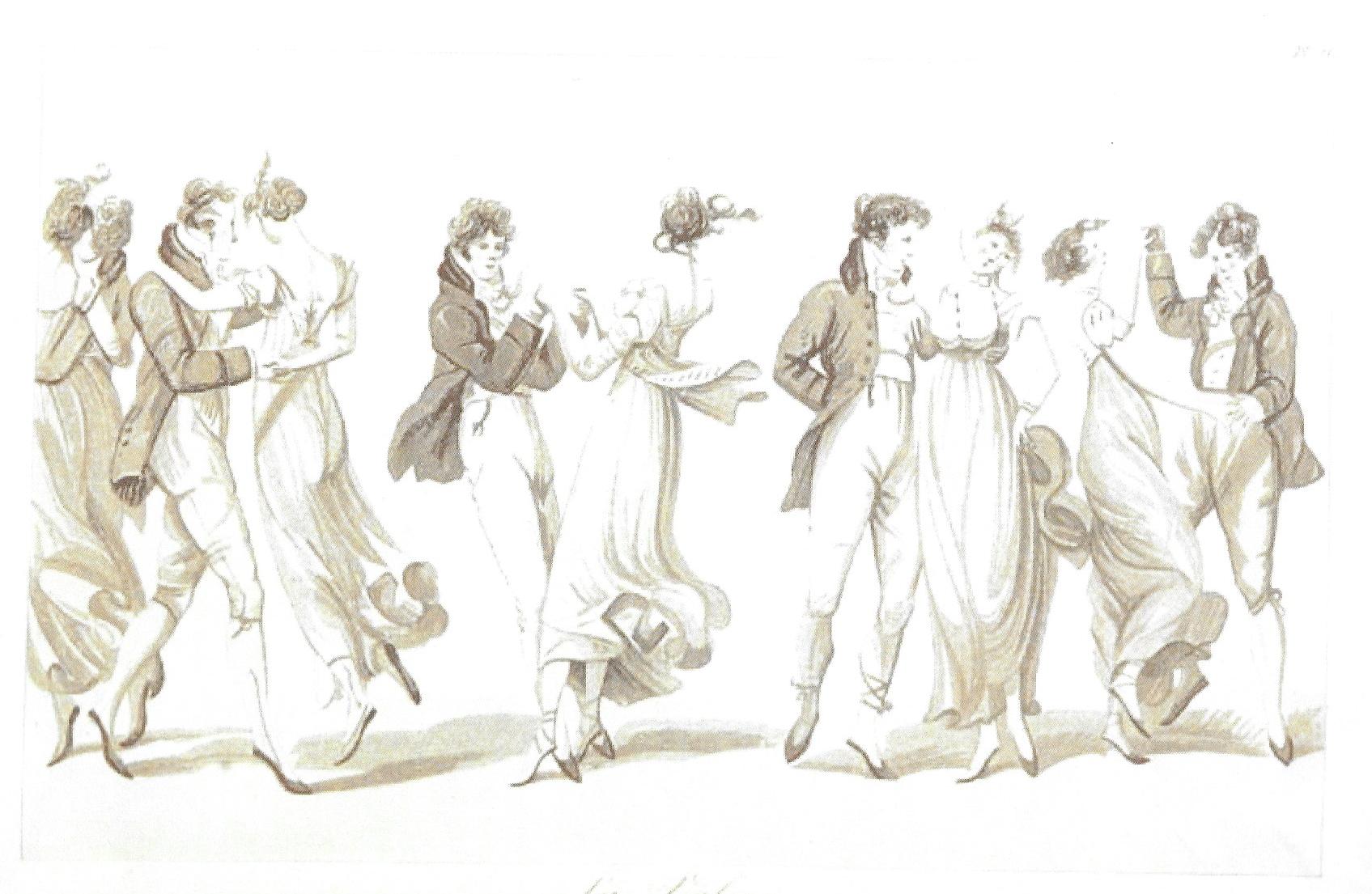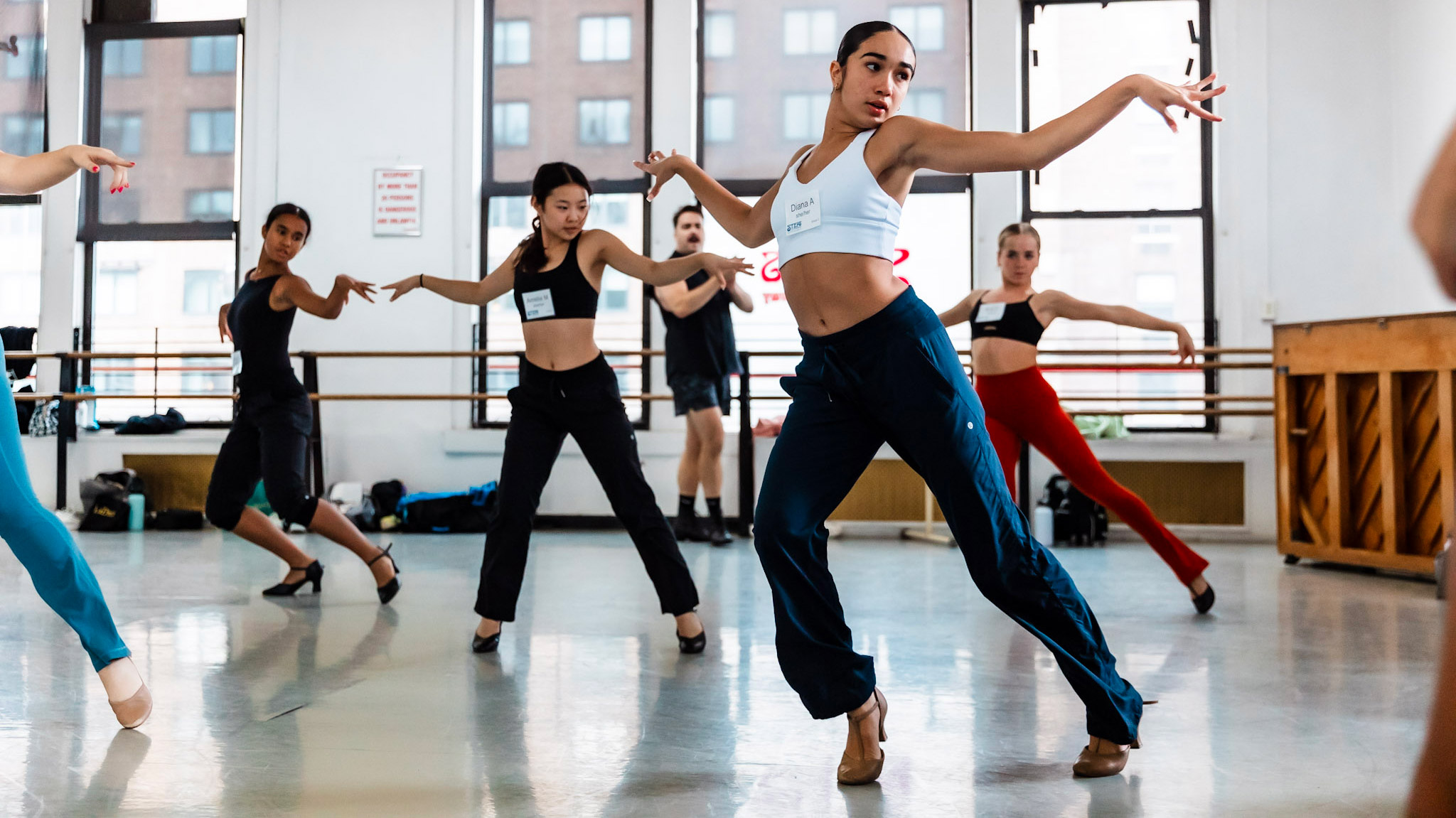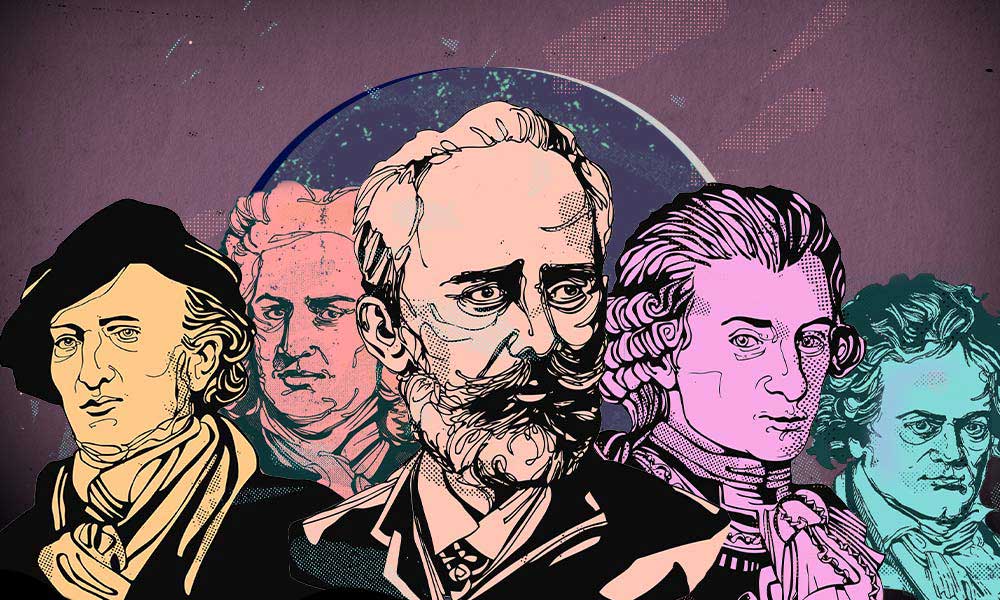Waltz is a ballroom dance characterized by its smooth, flowing movements and three-beat rhythm. Originating in Germany during the 18th century, the waltz quickly gained popularity across Europe and eventually spread to the rest of the world.
Key Characteristics of Waltz
- Three-beat rhythm: The waltz is danced to a 3/4 time signature, with a strong accent on the first beat.
- Closed hold: Dancers in the waltz typically hold each other in a closed hold, with the man’s right arm around the woman’s waist and the woman’s left hand on the man’s shoulder.
- Smooth and flowing movements: The waltz is known for its graceful and flowing movements, which create a sense of elegance and sophistication.
- Progressive steps: Waltz steps typically progress forward, backward, or sideways, allowing for smooth transitions and continuous movement.
History of Waltz
The waltz was initially met with controversy and disapproval due to its close embrace between partners, which was considered scandalous at the time. However, it eventually gained acceptance and became a popular social dance.
Waltz in Popular Culture
The waltz has been featured in numerous films, television shows, and books, helping to keep it popular and relevant. It is often associated with romantic and elegant settings.
Learning the Waltz
The waltz is a relatively easy dance to learn, making it suitable for beginners and experienced dancers alike. There are many dance studios and online resources available to help you learn the waltz.
Benefits of Waltz
- Improved coordination: Waltz can help to improve coordination, balance, and posture.
- Social benefits: Ballroom dancing, including waltz, can be a great way to meet new people and make friends.
- Stress relief: Dancing can be a fun and enjoyable way to reduce stress and improve your mood.
Conclusion
The waltz is a timeless and elegant dance that has been enjoyed by people for centuries. Its smooth movements and graceful style make it a popular choice for social dancing and ballroom competitions.



